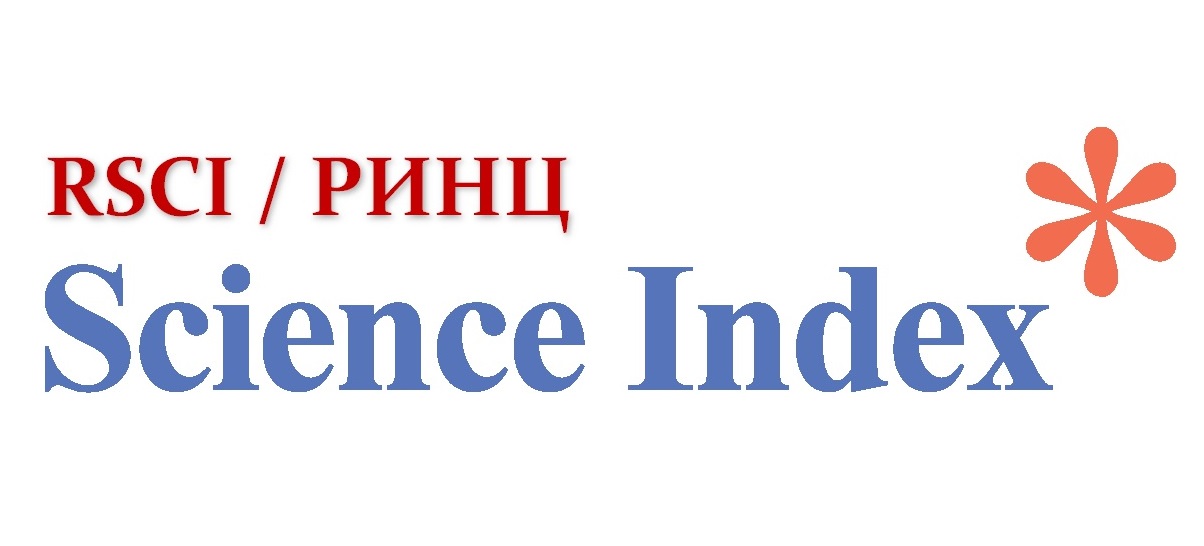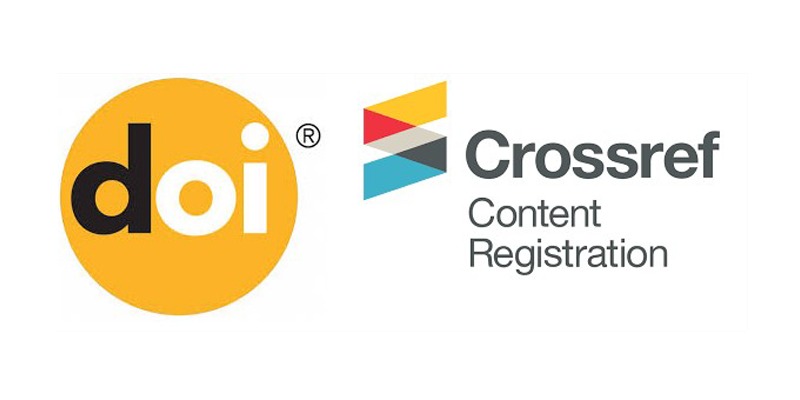Problems of the development of ecological tourism in the territories of national natural parks (using the example of Tarbagatai National Natural Park)
Views: 184 / PDF downloads: 246
DOI:
https://doi.org/10.32523/2789-4320-2025-2-314-328Keywords:
ecological tourism, natural park, protected area, specially protected natural areasAbstract
The article is devoted to the analysis of the potential for the development of ecological tourism in the territory of the Tarbagatai State National Nature Park, one of the youngest protected areas in Kazakhstan. The purpose of the study is to identify factors that hinder the sustainable development of tourism, as well as to determine the directions for increasing its effectiveness based on national and international experience.
The work analyzes the territorial and institutional features of the park, the quantitative dynamics of tourist flows for 2021–2024, barriers, and challenges affecting the development of ecotourism. The effective development of ecotourism is determined by a combination of factors encompassing institutional, natural-resource, infrastructural, and sociocultural components. The methods of comparative analysis, SWOT diagnostics, and interpretation of normative and empirical data are used.
Based on the analysis, the unevenness of the tourist load, insufficient infrastructure, and weak involvement of local communities were revealed. The work presents an adapted matrix of strategic opportunities, confirmed by examples of international practices (Canada, Germany, South Korea, China). The results of the study have scientific and applied significance for the formation of policy in the field of sustainable tourism in protected areas. The proposed conclusions can be used in the activities of management bodies, as well as in the development of programs for the development of tourism infrastructure and environmental monitoring.
Downloads
Downloads
Published
How to Cite
Issue
Section
License
Copyright (c) 2025 С. Рустемова, A. Жакупов , T. Терджан

This work is licensed under a Creative Commons Attribution-NonCommercial 4.0 International License.






